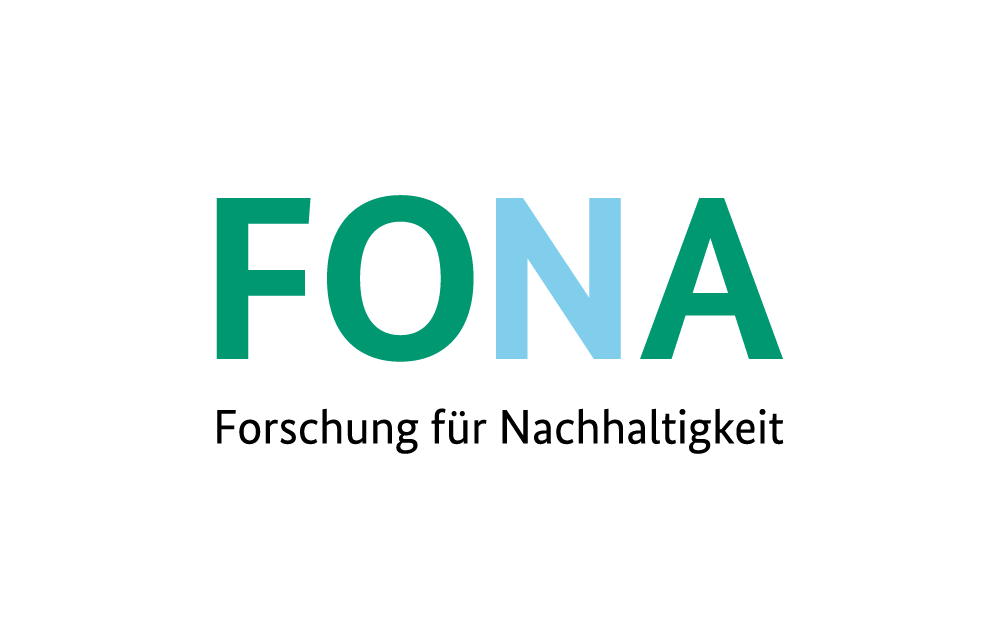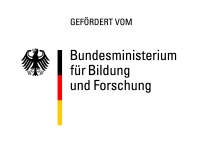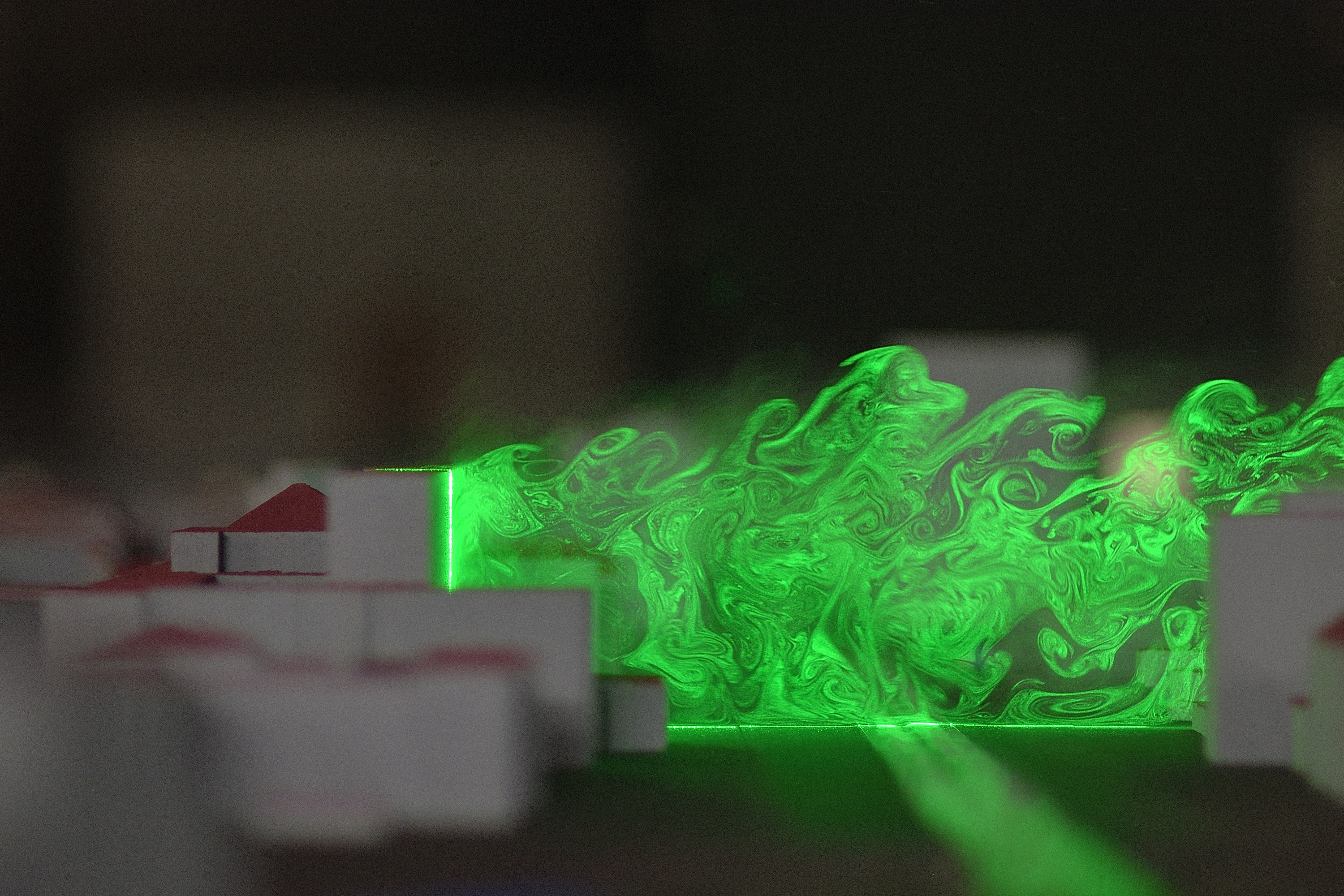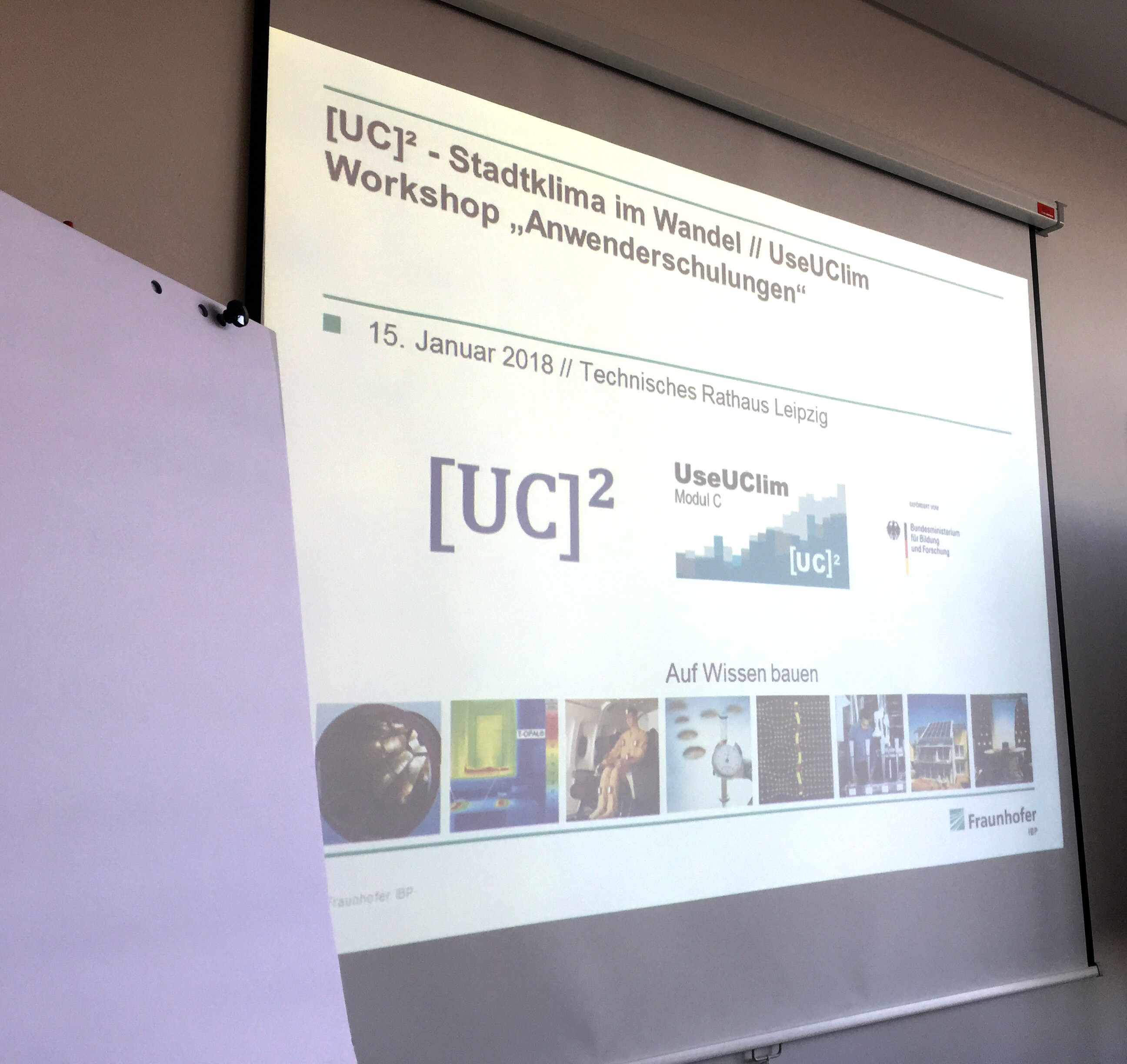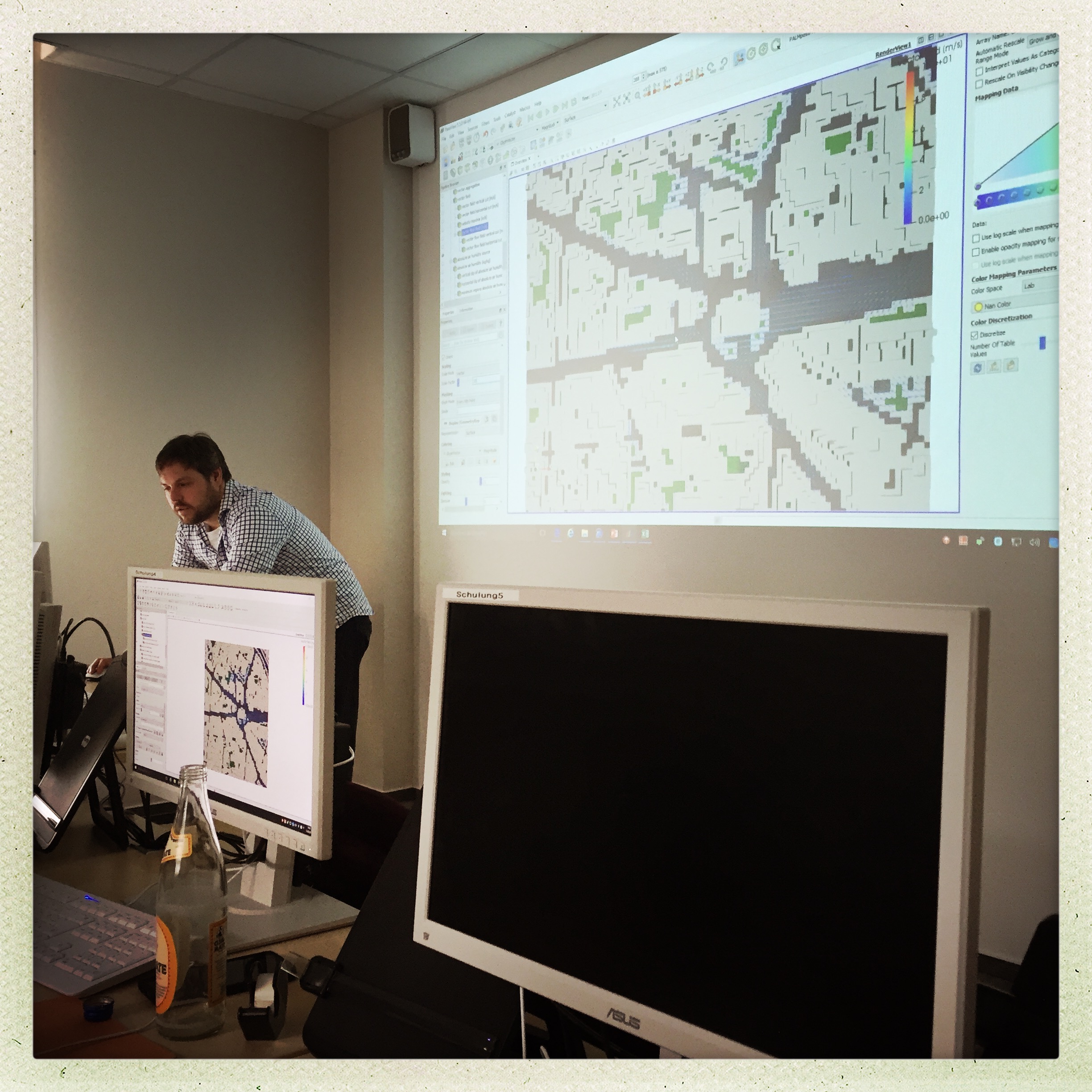A new star is born
Our new urban climate model PALM-4U (PALM for urban applications; read: PALM for you) is definitely the new star within the programme. MOSAIK (module A) released a beta-version in December 2017. First demo-simulations for entire Berlin in 10m resolution and Ernst-Reuter-Platz in Berlin-Charlottenburg in 1m resolution are promising. Have a look at the current state of model development here. Future PALM-4U users got first insights in model and graphical user interface during a “crash-course” in March 2018. For further information visit: www.uc2-mosaik.org
Flyers above airfield Berlin-Tempelhof and green clouds above Hamburg
From January until March 2018, 3DO (module B) operated the second winter intense observation period in the cities of Berlin, Hamburg and Stuttgart. Weather conditions have been challenging. Nevertheless, partners from Universität Augsburg and Leibniz Universität Hannover could send up their unmanned aerial vehicles for three-dimensional measurements! For more insights, click here.
Meanwhile, our partners from Universität Hamburg conduct experiments in the so-called boundary layer wind tunnel. For the three model cities of Berlin, Hamburg and Stuttgart city models were built in the scale 1: 500. The researchers can investigate e.g., how air pollutants spread in street canyons. Got curious? Meteorologist and presenter Sven Plöger visited the wind tunnel in Hamburg. You can have a look here (starts from minute 23; note: only in German).
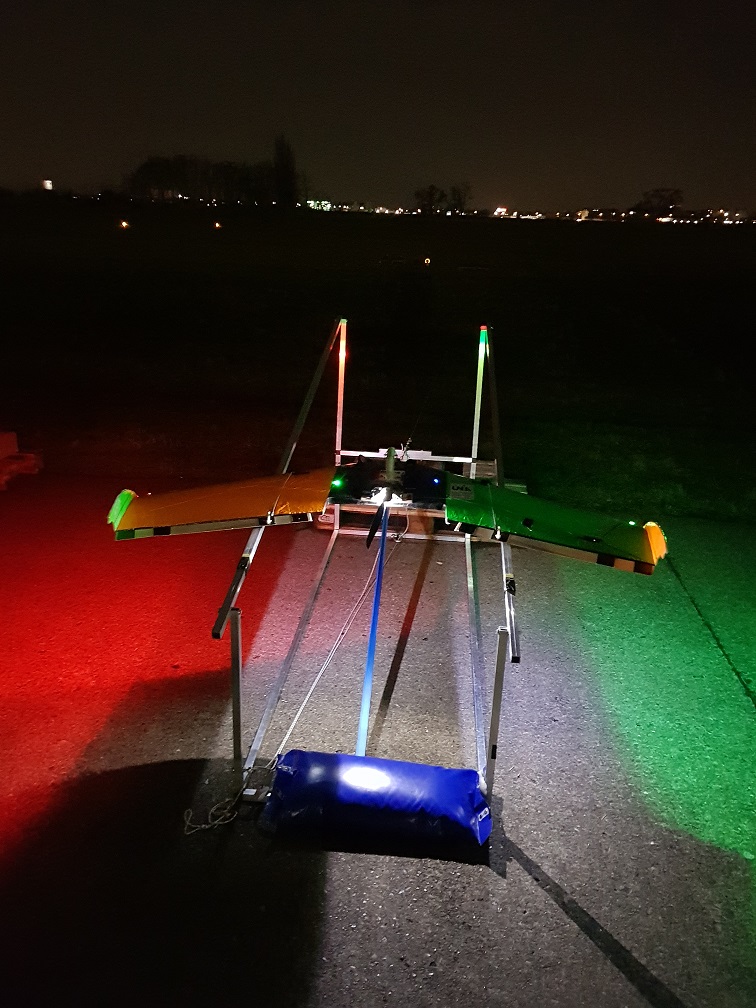 |
|
| Fixed wing ready for night flight above Berlin-Tempelhof. © Universität Augsburg, Andreas Philipp 2018 |
Hexacopter equipped with measuring instruments right before start. © Leibniz Universität Hannover, IMuK 2018 |
|
|
|
| Hexacopter with Infrared- und GoPro-Camera for measuring surface temperature. © Leibniz Universität Hannover, IMuK 2018 |
Model "Berlin Ernst-Reuter-Platz" in the big boundary layer wind tunnel Hamburg. © EWTL(at)UNI-Hamburg.de |
|
|
|
| Flow visualization in Straße des 17. Juni (Berlin) in the wind tunnel. © EWTL(at)UNI-Hamburg.de |
PALM-4U users in starting blocks
Our partners in module C started the next round of dialogue workshops in the partner cities. Under the title “Learning Lab”, practice partners had the chance to plan and discuss test applications with PALM-4U. The test applications will be accompanied by an evaluation that is currently under development. Tests and evaluation provide the practical suitability of PALM-4U from the user's point of view. The practice partners learn the application of PALM-4U during internal trainings from the beginning of 2018.
Since May 2018 practice partners are being taught to work with PALM-4U during trainings at their own place of employment. Possible applications are carried out like the simulation of scenarios for the Ernst-Reuter-Platz in Berlin, and results are analysed and displayed. This first phase of training will be completed with a Feedback-Workshop in September.
Meanwhile, the "User and Requirements Catalogue" has progressed far. Module C partners discussed the feasibility of the requirements for a new urban climate model together with partners from modules A and B.
|
|
|
| Flipchart from a meeting of modules A, B and C to discuss user requirements for an urban climate model. © Climate Service Center Germany (GERICS), Bettina Steuri 2017 |
Workshop „User Training“. © Climate Service Center Germany (GERICS), Bettina Steuri 2017 |
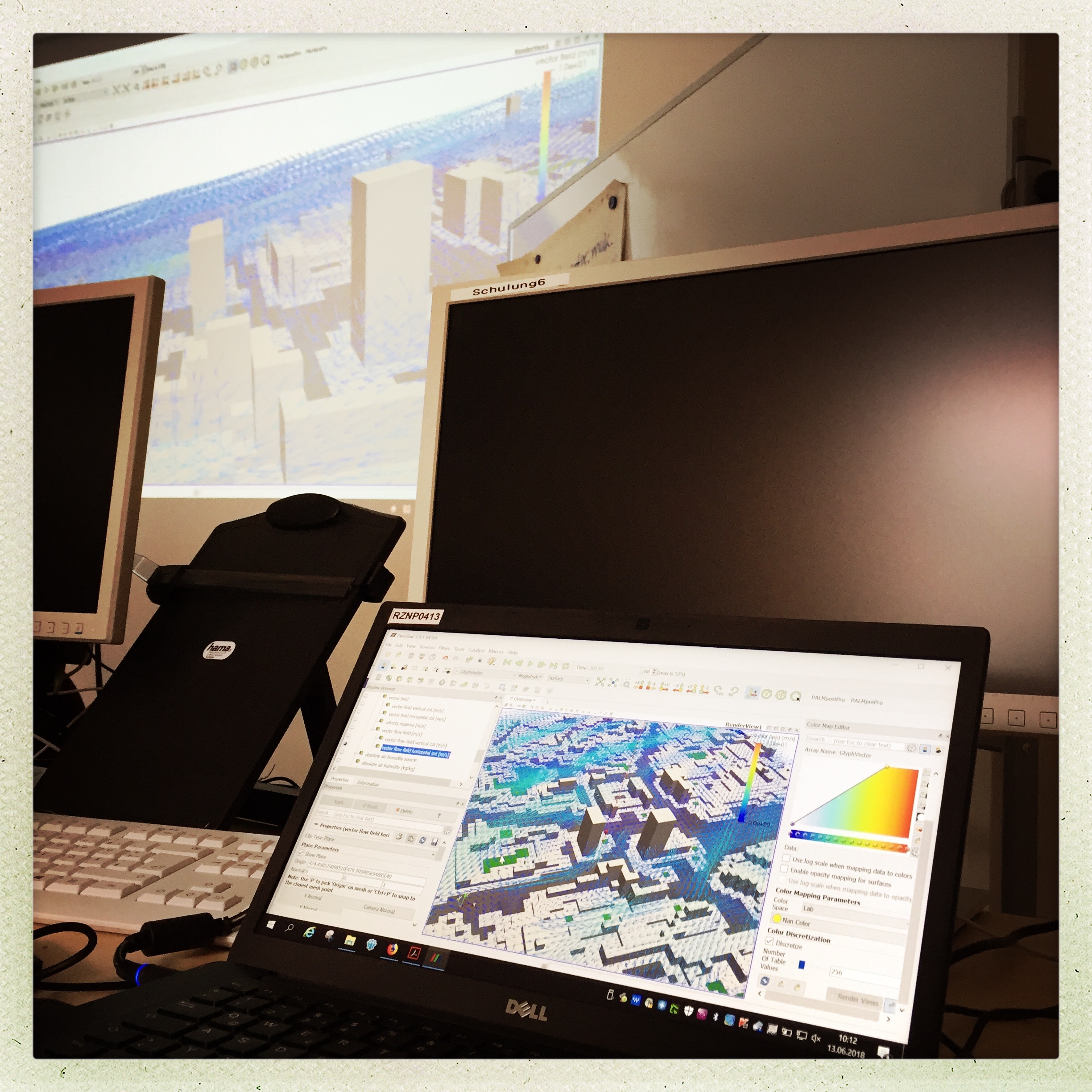 |
|
| Presentation of a result gained during the user training in Leipzig. © Climate Service Center Germany (GERICS), Bettina Steuri 2018 |
The Ernst-Reuter-Platz in Berlin is one example worked on during the user training in Leipzig. © Climate Service Center Germany (GERICS), Bettina Steuri 2018 |
News from the programme
Our partners from the working group “Data Management” released the programme-wide data management system (DMS) and data standard in April 2018. The DMS and uniform data standard support the exchange of model and observation data between the project partners and, in the future, data access for the public.
